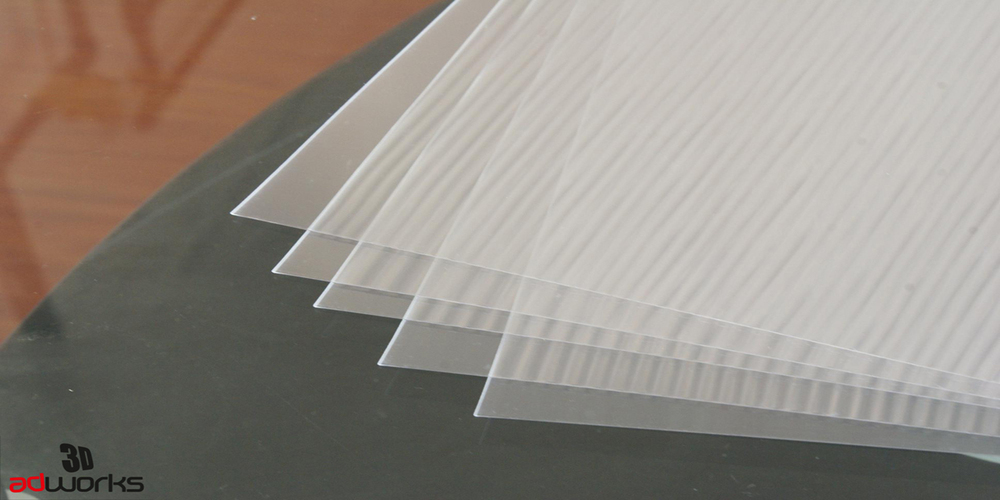Lenticular is a technique that uses lenticular sheet lenses to make printed frame pictures with a unique illusion, or that can vary or give the impression of movement depending on the angle from which the frames are seen.
Lenticular Effects In 3 Dimensions
Three-dimensional Depth:This effect gives the impression that goods have volume. There is no need for any glass to see volumetric pictures. This is printed on a flat surface. Flip The flip effect enables the spectator to see two or three separate images superimposed on the same physical poster. Because of this consequence, fewer dollars are spent on advertisements. It works well for tales that take place before and after another event. It is a metamorphosis that might take place between two items or between two individuals. It is helpful to be able to generate transformations between pictures that are entirely different.
Animation is made by layering 8-24 successive frames, one on top of another. You can produce lenticular items in the form of very brief video clips. The video must be full high-definition and no longer than two seconds. Zoom may be seen as an animation effect. It creates more oversized items. It is appropriate for brand names, slogans, or logos. On the market today, you may choose from a wide variety of lenticular lens types to meet various needs. To get the intended effect, the proper lenticular lens must be selected. Lenticular lenses come in various types, including
Soft Lenticular Sheets:
Fabricated using flexible plastic materials, most often flexible PVC or TPU, with certain manufacturers also producing loose PET sheets. The thickness of a soft lenticular sheet is usually less than 1 mm. However, there are a few notable outliers. It is possible to employ soft lenticular as a substitute for regular fabric, which means that it may be used in the production of clothing, stickers, tiny badges, cards, and other similar items—the LPI (Lines per inch) of lenses of this kind range between 84 and 75 respectively.
Semi-Rigid Lenticular Sheets:
This kind of sheet can be partially bent but cannot be flipped over. In most cases, the thickness is less than one millimeter. This is a frequent practice in producing miniature cards or small stickers. 100 LPI, 85 LPI, 75 LPI, 60/62 LPI, 50 LPI, and even specific 40/42 LPI lenses are among the available LPI values for this lens.
Rigid Lenticular Sheets:
This sheet is the lens type with the most significant thickness and is intended for use in the display of posters and billboards. It should be at least 1 millimeter thick to prevent it from being mixed. The LPI of this kind of lens ranges from 40 to 10, with values of 30, 25, 20, 15, and 10, respectively. At least one lens maker makes 5 LPI, although very few people use it. 3D Lenticular items are one of the most successful advertising tactics for attracting customers’ attention. This survey is intended to demonstrate the influence of 3D Lenticular items. The results are presented as follows concerning Time magazine and Eastman Kodak:
